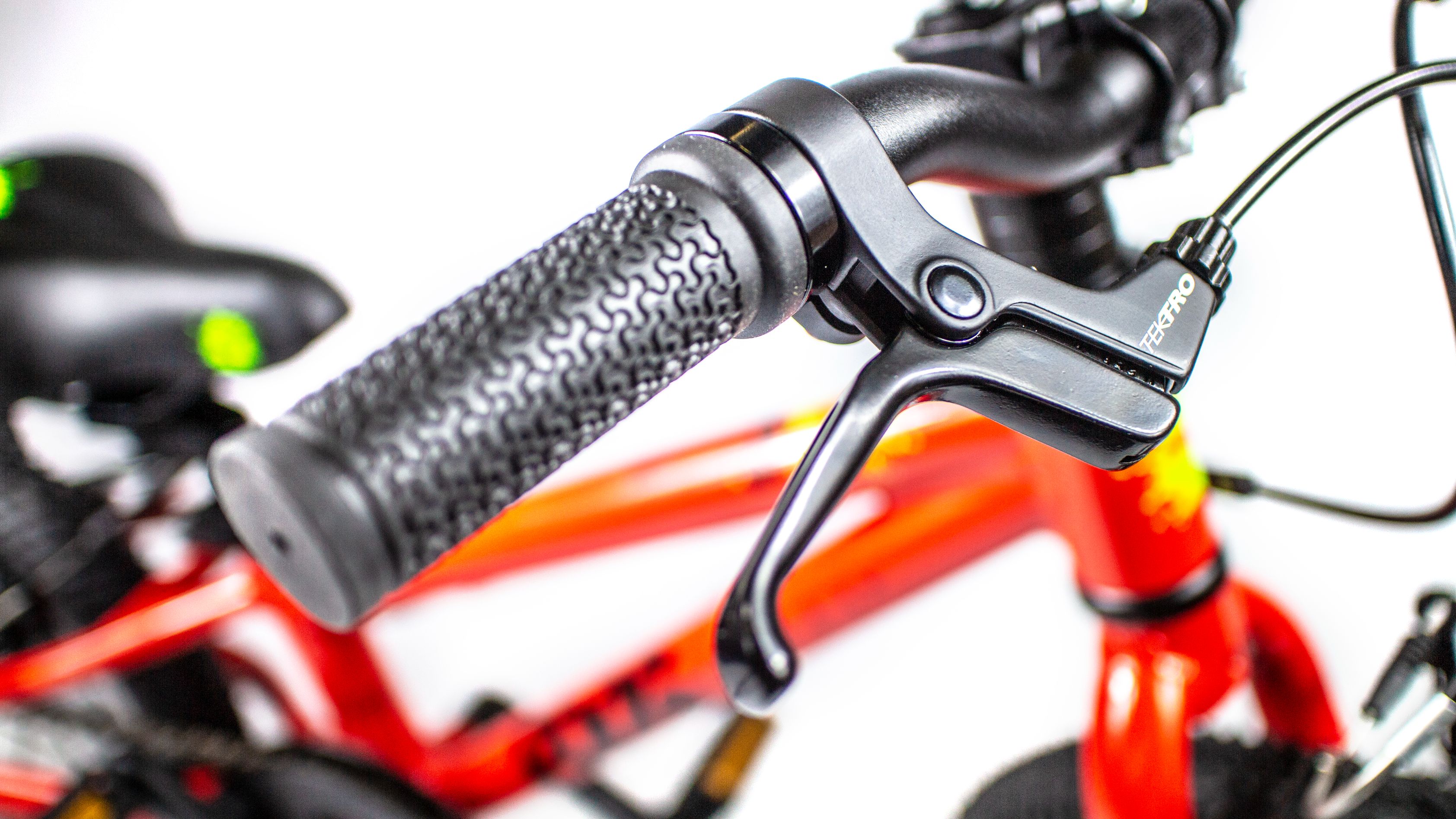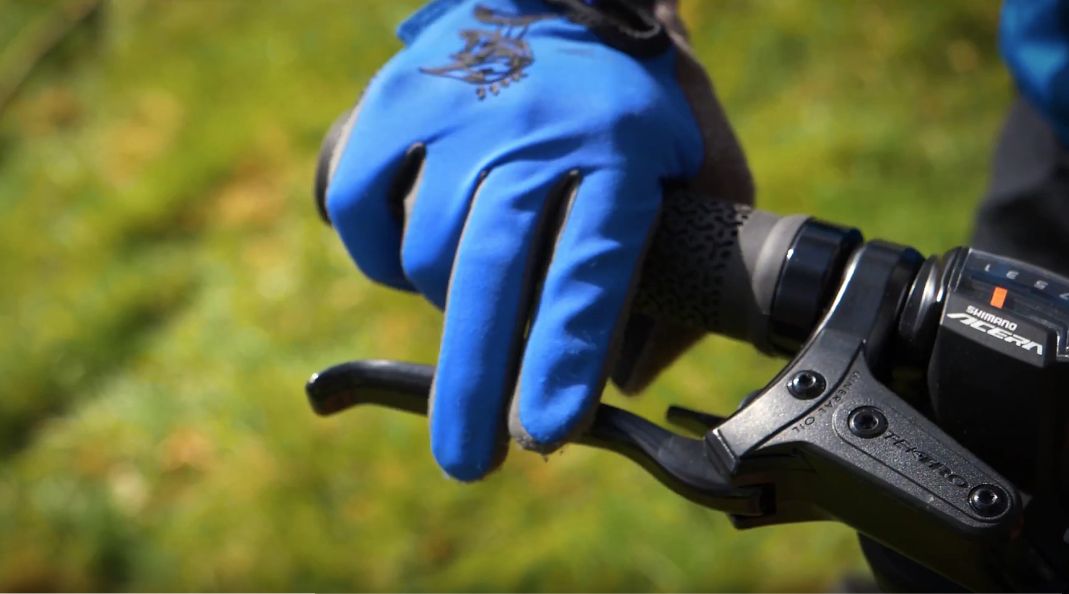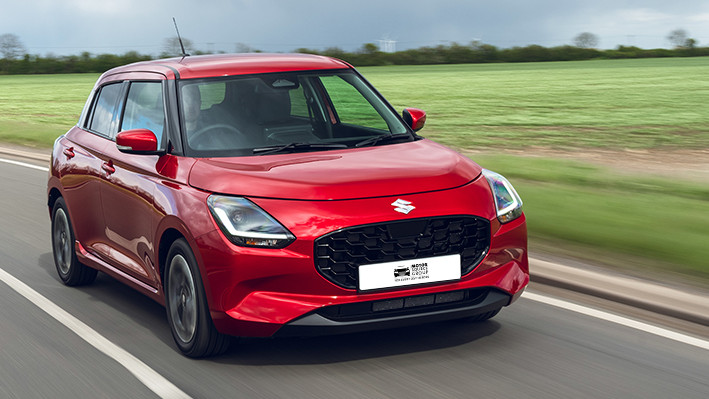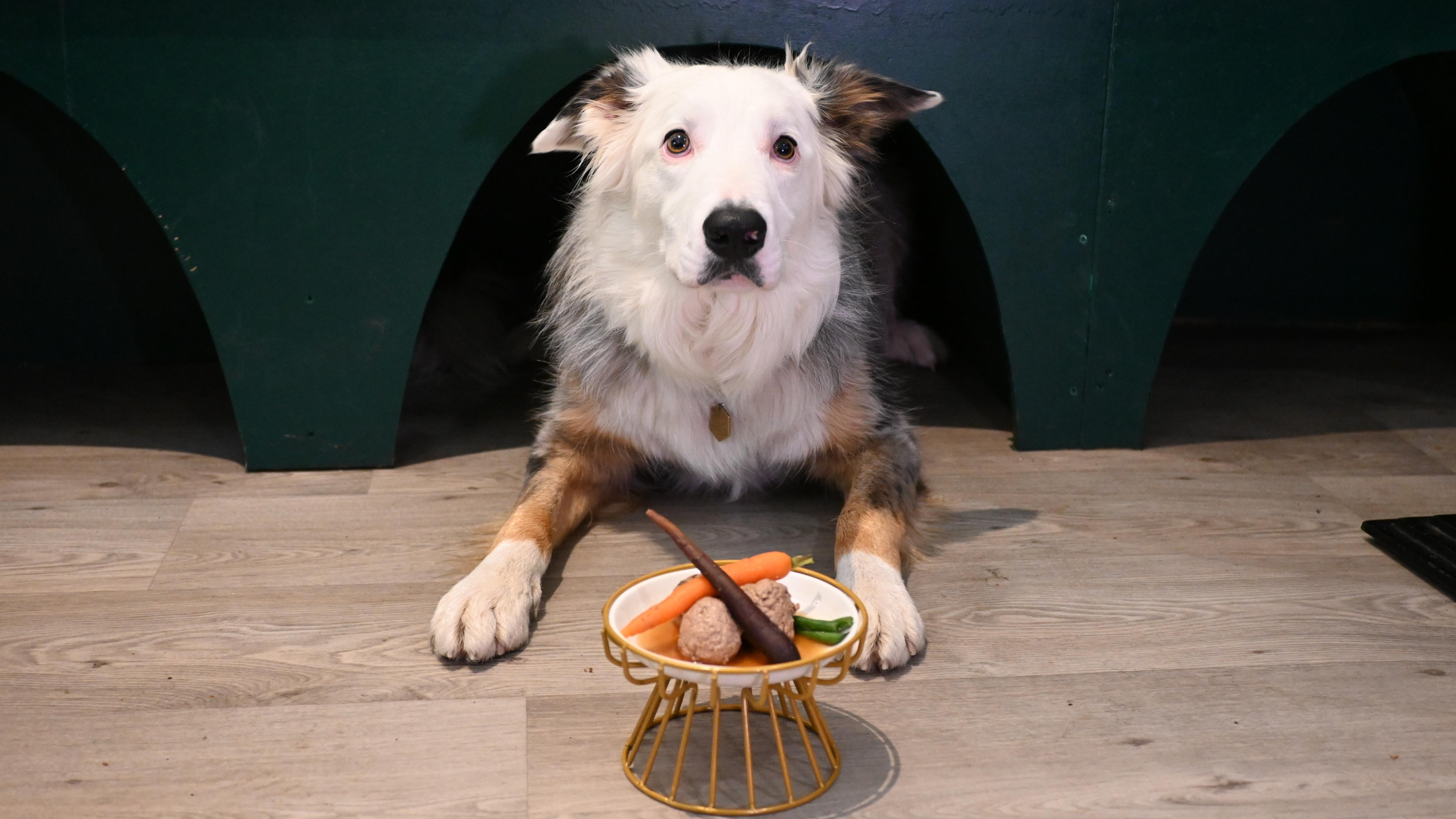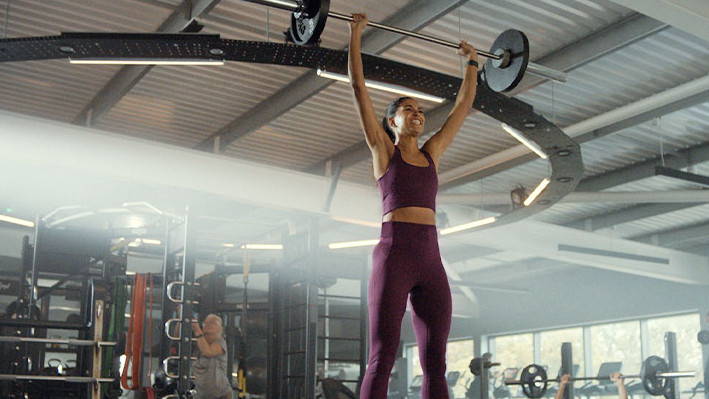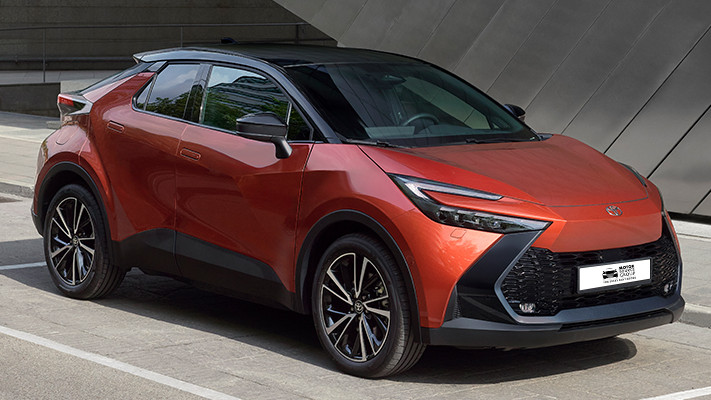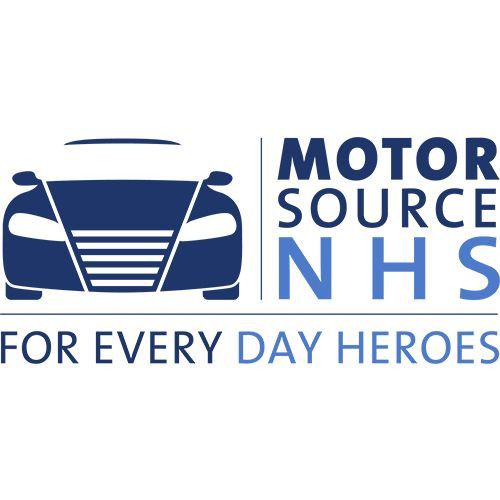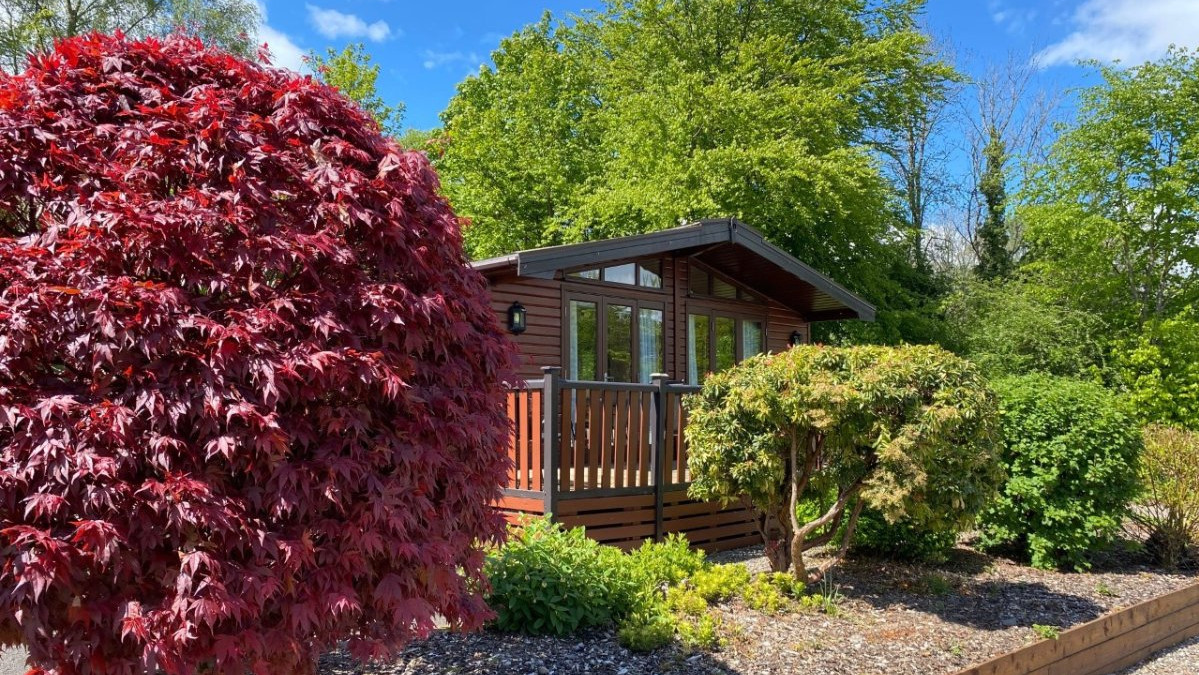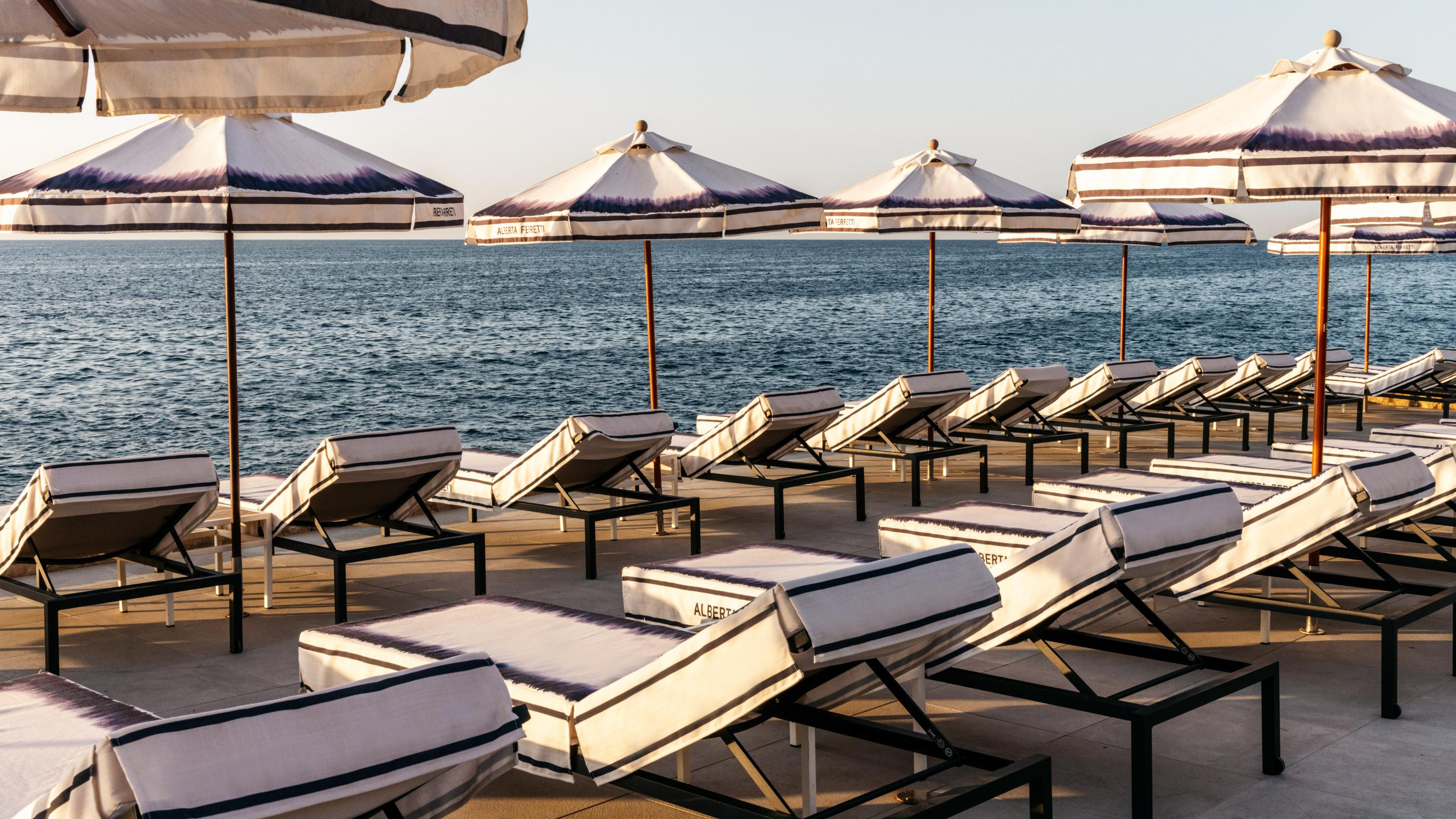August 14th 2023
One of the most valuable and essential cycling lessons you can teach a child is speed control. NHS Staff Benefits members can receive a 15% discount when shopping with Frog Bikes!
Sponsored By
Frog Bikes
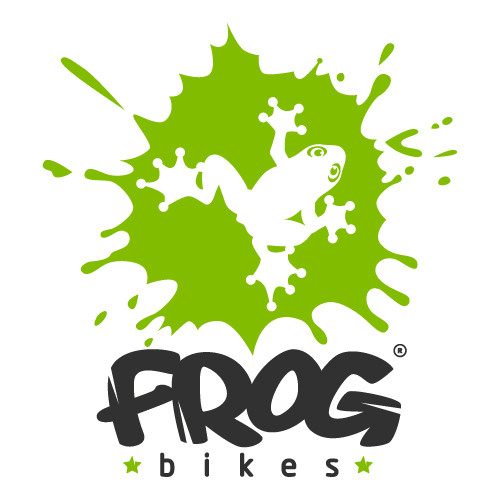
Teaching a child to ride a bicycle not only provides them with lifelong skills but also inspires confidence and independence while having a whole lot of fun!
One of the most valuable and essential cycling lessons you can teach a child is speed control. As exhilarating as it is to roll down hills and race friends to the park, teaching a child how to use their brakes properly will enable them to slow down and come to a controlled stop when needed.
Bicycle brakes
A bicycle brake has two parts; the lever, which sits on the handlebar, and the brake calliper, which slows down the wheel to bring it to a stop. Some brake callipers slow the bike down by clamping onto the wheel rim; these are called v-brakes or rim brakes. In comparison, brake callipers that slow the bicycle down by clamping onto a metal disc are called disc brakes.
A majority of bikes will have two brakes, one on the front and one on the back wheel. The rule of thumb is that the back brake is for speed control and slowing down, while the front brake is for stopping.
When the brake lever is pulled, it activates the brake calliper, which clamps down on the wheel rim or disc with brake pads. These replaceable brake pads help slow down the wheels' speed and bring the rider to a complete stop.
How to use your brakes
Unlike gear shifters which have a push-and-click action to change gears, brake levers need gentle squeezing. The same speed and pressure applied to the brake lever apply to the wheels, so you don't want to pull too hard or fast; otherwise, you'll come to a very sudden stop!
Being comfortable using the brakes to slow down and come to a complete stop can take a little practice. The first thing to consider is hand positioning. When riding a bike, it's common practice to rest the index finger on the brake lever; this is called 'covering the brakes'. When using the brake levers, a child should only need to use their index fingers and not their whole hand, as this can cause a loss of balance. With a child covering the brakes, as they ride, they are stable to maintain balance and speed control.
Practice makes perfect
Find a quiet area away from traffic to practise braking skills. To slow down and come to a controlled stop, begin applying the back brake for slowing down before gently applying the front brake to come to a complete stop. In the UK we ride with the back brake on the left-hand side and the front on the right-hand side.
Have the child begin pedalling at a slow and steady pace, then have them gently squeeze the back brake to see how that feels for them.
Then repeat this time, gently using the front brake only and seeing what difference they feel. It's important to note that pulling on the front brake lever too quickly will abruptly stop the front wheel from turning, which can propel the rider forward - this is the number one cause of going over the handlebars, which is why it's recommended to use both brakes!
It's important to note that if it's raining or the road is wet, take extra care when braking. However, with practice, a child will be able to brake, slow down and come to a controlled stop with confidence.
For further support with teaching a child to ride a bike independently, and with confidence, contact our friends at Bikeability at www.bikeability.org.uk who will be happy to assist.


